Transform Your Home: 10 Best Green Smart Home Automation Inspider
- March 18, 2025
- 1 Comment
- 317
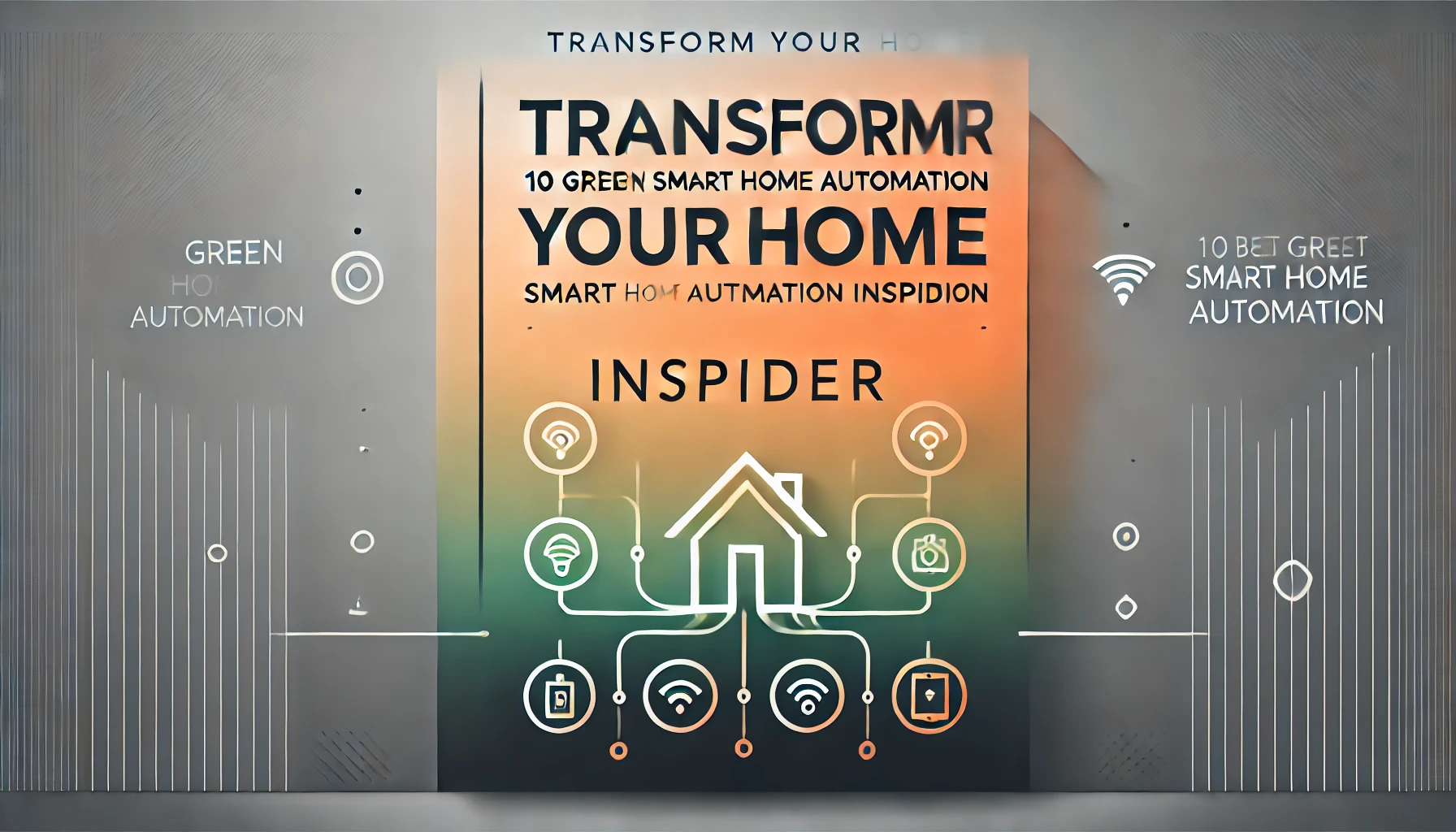
Transform your home into an eco-friendly Green smart home automation inspider: based on many people’s recommendations, reliance on groundbreaking and sustainable green smart home automation inspider as well as their next numerous green smart home system combinations, but additionally, that would also entail utilizing them as experts’ guides. In this ultimate guide, we look at the Top 10 of the most capable eco-friendly or green smart home systems whose systems were designed specifically to meet the environmental cause and also create home efficiency well above the standards. Ranging from smart hubs that are capable of taking care of the energy-dependent different lighting fixtures to climate-friendly surveillance devices that help you provide the utmost security to your property, we examine every reviewed system based on aspects such as energy efficiency, environmental responsibility and the ease of use. For either an ardent tech aficionado or one who is just a novice in the smart home realm, every smart home creation with an intelligent touch may become a dream as a number of recommendations for:
Key Takeaways:
- – Get insights into the top 10 best environmentally friendly green smart home automation inspider systems and what makes them perfect in performance alongside their environmental friendliness.
- – Energy-efficient smart home hubs that help reduce your carbon footprint while cutting utility costs throughout your household.
- – Integration capabilities with various smart devices and voice assistants for seamless home automation; a mix-and-match option that will fulfill all your home automation needs.
- – Eco-friendly security solutions that protect your home while maintaining sustainability and helping you to practice environmental care in all aspects of life.
- – User-friendly interfaces suitable for both tech enthusiasts and beginners
Understanding Green Smart Home Automation Inspider
Smart home automation systems have transformed and brought in a new revolution in the way people live in this modern world. With these systems, ordinary homes have transformed into smart homes that integrate automatically within themselves, thus responding to our likes and dislikes without being told. These telecom systems enable people to control their homes and any associated appliances through phones or any other gadgets, allowing the householders to manage their comfort and improve their quality of life in general. In conclusion, these systems are the icons of modern man: masters of custom-built homes which can also be personalized as per the user’s requirements. This eco-friendly way of integrating technology into living spaces is carried by the ideal of providing comfortable living spaces within which our homes become personalized and much more alive than any other time before, and that’s how the idea behind these systems functions.
Core Components
Three elements are the underlying framework of any green smart home automation inspider the system. With sensors, we can notice alterations in our environment, including thermal conditions, changes in illumination, and even security breaches. The copyright behind the entire process is a commission that looks into the information that comes from the sensors and connects them when these functions are to be carried on. The executors basically comprise those devices that enable the user to enjoy his smart house. These elements may come in the following manner from remote-controlled as well as normal systems such as locks and security lighting quit through to the heating and cooling devices as well in addition to the normal electric switches that can easily be turned on and off by the user. The complete performance of these three components refers then to the application of these technologies and the achievement of the intelligent fulfilment of particular tasks, which can create an even better quality of life for the residents of this house or improve energy efficiency.
How Automation Works
A green smart home automation inspider system consists of a central hub, or controller, that interlinks the different smart devices. These devices work using the sensor that detects the state of the house or finds some trigger; the controller analyses the information and issues suitable commands to the relevant devices. Common examples of uses in this category are motion sensors, which act as door-opening sensors that turn the lights on automatically; heat sensors, which change the temperature and make life in the house more comfortable without constant micromanagement; or the application of remote-controlled shutters that act on the sun’s rays or change its position in another room to create a cozy atmosphere with the help of nature inside the house. As you can see, with the help of such systems, houses for dwelling
Integration Capabilities
The most advanced cutting-edge systems available in the smart homes of today have the ability to work with more than one protocol and platform. This allows smart home devices to be used effortlessly with voice assistants like Alexa or Google Assistant, allowing you to issue voice commands and receive prompts on your devices without any hassles. Moreover, several of these systems come accompanied by mobile applications that can be used in controlling and monitoring the house remotely, providing owners control of their homes anytime and from anywhere. With these incredible features, controlling your smart home now feels intuitive and liberating, representing the goal of total control over each individual device.
Getting Started
It is not necessary that, embarking on the world of “green smart home automation inspider” my family members be completely overhauled in the same way as they are depicted in magazines.
In fact, you can “test the waters” in this fascinating activity by starting from basic elements that require minimal investment, like smart plugs or lights within easy reach over an extended period till one is ready for more elaborate selections based on experience acquired. This gradual approach assists people in effectively mastering their letter and understanding, as before any other step, if incorporated correctly, these features will improve your life to suit exactly what you are looking for.
💡 Key Takeaway: Smart home automation systems utilize a combination comprising of an almost trifecta of sensors, controllers, and actuators that form together organically into what one can only describe as “intelligent living space” that tends towards improving comfort levels, security aspects, energy efficiency, therefore, offering not just an exhilarating level of self-sufficiency but also immense possibilities at managing them smartly as per individuals need.
Key Features of Eco-Friendly Smart Home Systems

Energy Monitoring and Management
Smart home systems provide unmatched features in having real-time information on the amount of energy consumed. Equipped with sophisticated software capable of analyzing every tiny bit of information regarding one’s power use chain, individuals can have very-telling insight into how they utilize and adjust their usage, thus drastically reducing wastage with the intention of saving costs and protecting the environment. Advanced models have the ability to analyze the personal behavior of individuals residing in the house and intelligently adapt their energy-saving techniques according to their preferences.
Automated Climate Control
By equipping homes with smart thermostats and sensors, these systems are capable of ensuring that temperatures remain within comfortable ranges throughout. The use of presence detection technology allows a system connected to an easy smart switch down to one thermostat’s temperature to know precisely when someone has left or entered a room because no one likes to be either sweltering when it’s hot outside or freezing in the middle of summer. This targeted approach not only improves comfort but also caters for something that is generally known by everyone but does not always come out explicitly: It helps prevent wasting fares/energy
Smart Lighting Solutions
Eco-friendly automation systems that incorporate LED lighting options, motion sensors, and daylight harvesting capabilities have been mentioned. Thus, the system has an automatic feature to dim or actually turn off the lights according to the availability of natural light and room occupancy. In turn, it can significantly help in reducing wastage and lowering electricity consumption costs in buildings and homes.
Water Conservation Features
Modern systems, owing to their nature are inclusive of modern technology such as smart irrigation controls and sensors. These sensors monitor and control water usage, thus assuring that the right amount is used is precisely what is required. To be specific, they monitor and adjust the frequency of watering according to the current weather conditions and also alarm the homeowner in case of a potential leak or unusual consumption of water. All in all, these systems have been developed into perfection in the world of water conservation and efficiency and thus the management of water is possible in a much smarter way
Renewable Energy Integration
As long as the technology runs through all significantly green solutions, these systems easily incorporate technologies such as solar panels and energy storage systems. They have the unique ability of allowing home and office owners to consume electricity first from renewable energy sources. It is almost unheard of that they can stock away unused energy to be consumed later, thus diminished reliance on the grid is possible. In addition to reducing the overall utility costs, this practice promotes the use and utilization of renewable energy in the fight against climate change and the achievement of sustainability if we consider the current trend.
Smart Device Coordination
Also called green automation devices in an eco-friendly system, they work seamlessly together to present a well-organized network of devices that increase efficiency and thus save energy. E.g., it is suitable to set the timings of devices like washing machines, which consume a lot of energy, to be operational at the times of low electricity charge periods. This ability to reduce energy consumption through appliance energy consumption management maximizes minimizing efficiency. When to use certain appliances, how to bring them to use efficiently, or how to create efficient energy use scenarios altogether, these systems on their own bring about multiple ideas.
💡 Key Takeaway: The current eco-friendly smart home systems include a combination of energy monitoring and climate controls, smart lighting, water conservation, and the interconnection of renewable energy to create an efficient and sustainable living environment. Everyone is able to take charge of their work and bring about actual savings on their utility bills.
Home Assistant Green: The Ultimate Sustainable Hub
Home Assistant Green is without a doubt one of the leading “green smart home automation inspider” solutions that place more weight on a healthy environment for the sake of a secure future. It features a versatile automation hub that has many functions and is eco-friendly for the residents of today’s life. The stunning nature of this hub is that it is seamlessly super connected since it brings the
Eco-Friendly Design and Features
The Home Assistant Green hub is a model of eco-friendliness and sustainability that is evident in its ingenious design. Its exterior is made of a translucent polycarbonate material that enables the transmission of light, which offers a visual appeal. The different aspects are as a result of the incorporation of an aluminum heatsink that helps enhance efficiency in management and minimize energy consumption while still performing optimally. The impressive cooling mechanism makes it possible to cool the device without using noisy and power consuming fans, which actually makes it operate in an otherwise soothing manner.
Additionally, the compact body of this device that may be ascribed to the low dimensions of this eco-hub, gives it a wide range of dimensions and thus decreases the amount of materials required in its construction making it a model of environmental preservation. Moreover, at lower energy needs, it helps to lessen the overall use of energy in your smart home system which is essential in making the environment a better place to live in
Advanced Integration Capabilities
Another aspect that makes the Home Assistant Green hub truly remarkable is its incredible compatibility with more than 1,000 different smart devices and services available on the market today. The system is designed in such a way that it allows for seamless integration with popular ecosystems such as Apple HomeKit, Google Home, and Amazon Alexa, meaning that you do not have to get rid of your current smart home network just to accommodate a greener alternative. You no longer have to consider taking advantage of the new technology and in the process hurt your ecosystem in doing so since this innovative device allows you to make the best of the two worlds.
It boasts a powerful quad-core ARM processor, a sizable 4GB RAM, and ample 32GB eMMC storage, giving it the necessary resources to effectively run your smart home devices. The use of local processing and controlling of devices has a significant advantage as it keeps your data private and safeguarded from unauthorized access hence maintaining your privacy, as well as reducing dependence on a cloud server in the process. This approach not only enhances the overall performance of your system but also contributes to minimizing its carbon footprint and making it even more eco-Friendly in its operations.
Thanks to the additional hardware potential created by the Home Assistant Connect ZBT-1, clients can also extend their hub’s capabilities by enabling the control of ZigBee and Thread devices. This important level of flexibility and adaptability means that it is possible to scale your sustainable smart home implementation gradually, rather than having to change out all of your existing devices at the same time. In conclusion, the Home Assistant Green hub provides a sustainable modern home upgrade without compromising on compatibility, portability, and ease of use.
In order to be able to do more, the central hub comes with numerous options for connecting to other devices, including multi-purpose USB ports as well as being compatible with communication protocols like Z-Wave and Bluetooth. This leads to several possibilities for the user to create smart home systems that are not only easy to automate but also eco-friendly in consumption of energy thus saving on costs.
A simple plug-and-play setup ensures no special technical knowledge or training is preferred for setting up these systems, thus granting total access to the world of sustainable and more comfortable smart home automation for any user. The software is regularly updated, and improvements for the platform are supported by an active, open-source community, allowing the system to stay updated with the rapid developments in smart home technologies while adhering to its ecological principles.
💡 Important one-liner: Home Assistant Green is a cutting-edge home automation solution to go Green on your smart home featuring a highly efficient design, extensive device compatibility, and the processing of relevant personal data locally for a greener and smarter home solution.
Smart Speech Technology Integration
The accessibility and intuitiveness of recent smart home systems feature remarkable changes in the interaction between the users and the homes, especially that of automation. Current smart home technologies can easily work together with several renowned speech assistants that give the user total control over various connected devices without any need to access the mobile application or use a physical remote control.
Functionality with Popular Speech Assistant Systems
Some of the top voice assistants like Amazon Alexa, Google Assistant, and Apple Siri are almost effortlessly compatible with most of the green smart home systems. Most operations are simple thus making it possible for users to operate several smart lights, regulate the temperature in their smart thermostats, monitor their security systems, and other smart appliances in their homes with few spoken words thus making life easier.
Intelligent Language Processing
A major component of the instantaneous trend of the use of the voice behind the wheel is the liability of Intelligent Voice Recognition systems to process natural language ceaselessly. This implies that users can communicate with their smart home devices as they would with an individual, using natural language without worrying about the precise wording or phrases of the commands.
Generally, this form of interaction enables earlier practically disengaged users to instantly become part of the automation process and make the experience more engaging and simple for the current users. The advancement of this technology proves that we learn to communicate better and thus be more efficient with it, with the aim of making it feel
Advanced natural language processing technology has taken the concept of voice control to a whole new level as these systems can now understand complex commands and can also understand the context of the information provided. By using simple custom phrases or engaging in natural conversational language, users can apply numerous options to manage several devices at the same time, which not only gives the user a more cohesive experience but also makes the new technology more user-friendly and applies modern approaches to interaction.
Multi-Room Voice Control
The most favorable approach when it comes to using voice-enabled devices at home is to have them installed in the total area of your house to permit full coverage. This means that regardless of where a family member might be at home, they are still able to enjoy the full benefits of the smart home systems and can access the ease and accessibility that they provide.
Privacy and Security Features
The latest and current technology for voice control systems has put into consideration that users have to be protected and have the right to privacy. With this in mind, industries have incorporated several advanced security tools that make it almost impossible for the devices to be accessed anyhow:
– Wake word detection to prevent accidental activation. This feature restricts devices to only respond to a specific phrase or word and this will help users avoid other states where the device may have had a response when they were not paying attention.
– Voice recognition for personalized access: This feature allows individual family members to operate the devices using their unique voices. Implementation of this feature enhances security measures and improves the user experience.
– Local processing options for enhanced privacy: Instead of sending recordings to the cloud for analysis processing of voice commands can occur directly on the device. Therefore, information and privacy become more secure.
– Encrypted communication between devices: Have some peace of mind knowing that the information that passes between your devices is safe since it is secured with encryption. This facility practically makes it impossible for unauthorized persons to gain access to the data shared.
Energy Management Through Voice
It is possible to manage and optimize energy consumption within a home using various voice commands, thanks to the advanced and integrated features of modern smart home systems:
– Schedule smart thermostat adjustments: Voice assistants help users to monitor and control the temperature of their homes despite the climate changes while still applying energy-saving options.
– Control lighting in unused rooms: This feature limits the use of light in areas that do not require them thus helping to reduce costs. Just a simple command to the system can ensure that the lights are off in the parts that do not require lighting.
User-Friendly Interface
Systems are smart and many green smart home systems have been provided with intuitive mobile apps that are capable of being easily accessed with clean, straightforwardly organized as well as familiar interfaces. Since these apps are majorly used for monitoring energy consumption, changing device settings, and enrolling in learning programs automatically for different devices, it becomes much easier to control the different devices in a home. The dashboard on these mobile apps will probably produce up-to-the-minute data about the energy consumption of a home and its device state with all necessary information on the panel ranking the panel interface. When using these apps, things have become overdue for people who wish to have an easily understandable app, and if one has to use more than one device, one needs to have several options for controlling the devices.
Remote Monitoring and Control
Nonetheless, with mobile applications, such systems have also been made possible to control from any place on Earth. The various functions provided in a remote smart home control system allow you to adjust thermostats from the office, turn off lights that have been on for a long time, or view the house’s outside via security cameras, all this according to need. Accessing your home systems remotely not only gives you a sense of security that your home is safe and well-monitored but also helps you eliminate energy wastage by switching off devices that are not being used. Today, the varied approaches that can be applied to a green home are concurrent, and one can be sure that one’s house is energy-efficient and is saving the planet even when away. Also, there are many new developments that are being made in the area of home automation at the moment and therefore there is no point in taking any chances when it comes to your home control system.
Multi-Platform Support
The major green smart home systems provide applications that are among the few that provide guaranteed support for different platforms like iOS and Android enhanced devices. This allows you to access the applications from any smartphone or tablet, get access to all features, and help in controlling the home as promised. The willingness to integrate these web-based interfaces allows one to call up home applications correctly on any computer and render the same service as calling from a portable instrument. Additionally, certain systems can even connect to smartwatches and give units that are fast and convenient. The multi-platform support aspect is one of the contributing factors to the popularity of smart home systems and their effectiveness in helping the homeowners easily improve their comfort levels and at the same time save energy.
Advanced Features
In general, mobile smart home apps come with advanced features as follows:
– App notifications for any alerts that are important
– Energy consumption reports
– Custom automation creation
Installation and Setup Guide
Initial Setup Process
Moving on to establishing the green smart home automation system, it is crucial to note that the entire process revolves around effective planning as well as systematic execution phases that are imperative to attain success. To begin with, you should establish the precise location for the hub. Most likely, this is a place with ample allowance for the network in areas that receive the strongest signals and have easy access to power supply such as power outlets, among other factors to consider. The majority of today’s smart home automation systems come with or utilize friendly mobile applications that can be installed on different mobile devices to aid users through the whole process of installation and the initial setup procedures.
After making sure that the hub is well placed, connect it to the power supply and then to the home network using an ethernet cable to improve stability and reliability. Then, it is crucial to download the official manufacturer’s app to your relevant mobile device from the relevant app store. A user account should be created either by signing up or logging in. These steps will thus make it possible for the application to automatically discover the hub, and this will happen once it has been turned on and connected to the Internet system.
Device Integration and Configuration
After setting up the core connections successfully, right now is the time to commence the integration of all the different smart devices into your home system in a sequential manner ,hus; it is easy to get lost in the myriad options. Almost all of modern devices are backwards compatible and allow for the system to use the automatic device search to configure the devices which are connected. Simply turn on the devices and let the hub discover them automatically. If it does not work for your device, try to find the button to pair your device or scan the QR code to add it manually. Once added, to ease the management of these devices, you should establish logical groupings such as rooms or functions in the house.
For instance, try putting all lights in the living room in a single group so that there is a synchronized control option for them all. In this way, it becomes easier for you to manage the sections of the smart eco-home system as well as the whole home. The smart home should be able to perform at least the most basic automation first; things like scheduled lighting up or down or marketing certain temperatures up or down should be varied in order to experience the real results of an automated system. Despite how rudimentary these automation might appear, they will indeed help discover other owners of smart homes and how fascinating this automation is, as well as how green homes can be improved.
The best thing about some of these green home systems is that they have been designed to be ever-evolving and dynamic. This means that as technologies evolve, you too, will be able to take advantage of these advancements through regular firmware and software updates for your hub and connected devices, respectively. Some of the smart home systems even have or offer the feature of automatic updates, but as for any responsible owner of a smart home, you need to be always vigilant and check it manually every couple of months for updates. Make sure you’
💡 Key Takeaway: To create a smart home that is well-designed and environmentally conscious, you must adopt a technique of thorough planning when determining the position of your hub, systematically integrating your devices, and putting them in groups for a smooth experience of control, in addition to, routinely updating your system for the purpose of offering the best performance and utmost security.
Cost Analysis and ROI
Investing in modern “green smart home automation inspider” systems can seem like a major expenditure that affects the pockets of many people. However, over the years, there have been a lot of advantages that these devices and systems have that can help the homeowner save money. The following sections focus on taking a closer look at these items, as well as other potential profits from these aspects.
Initial Investment Considerations
When it comes down to numbers, the price ranges for “green smart home automation inspider” systems are generally from $500 to $3,000 for partial automation. This range is for the simplest systems with the most basic parts, such as a control hub, smart thermostats, smart lights, and base-level sensors. On the other hand, more efficient systems that provide specialized services and that are compatible with unique systems can attract a price tag that is greater than $5,000 – $10,000.
Energy Savings Potential
Smart thermostats are among the top solutions available for smart home automation and have the potential to lower energy costs for heating and cooling units by 10 – 15% each year. In addition, automated LED lighting systems that are based on motion sensors and pre-programmed schedules have the potential to cut back on energy consumption by a maximum of 20%. The same figures show that the implementation of these devices added support to smart plugs, and the practice of energy monitoring can lead to savings of $300-$500 annually on utility bills.
Maintenance and Operating Costs
Fortunately, most “green smart home automation inspider” systems do not require a lot of repairs, and thus, the regular expenses remain easy to handle for a homeowner who chooses to go this route. An estimated annual cost range of $50-200 covers the expenses incurred as a result of software updates and occasional hardware replacements. As a consequence, a subscription to any external cloud service that stores data related to security might add to the monthly costs by $5-15, depending on the type of service the owner prefers.

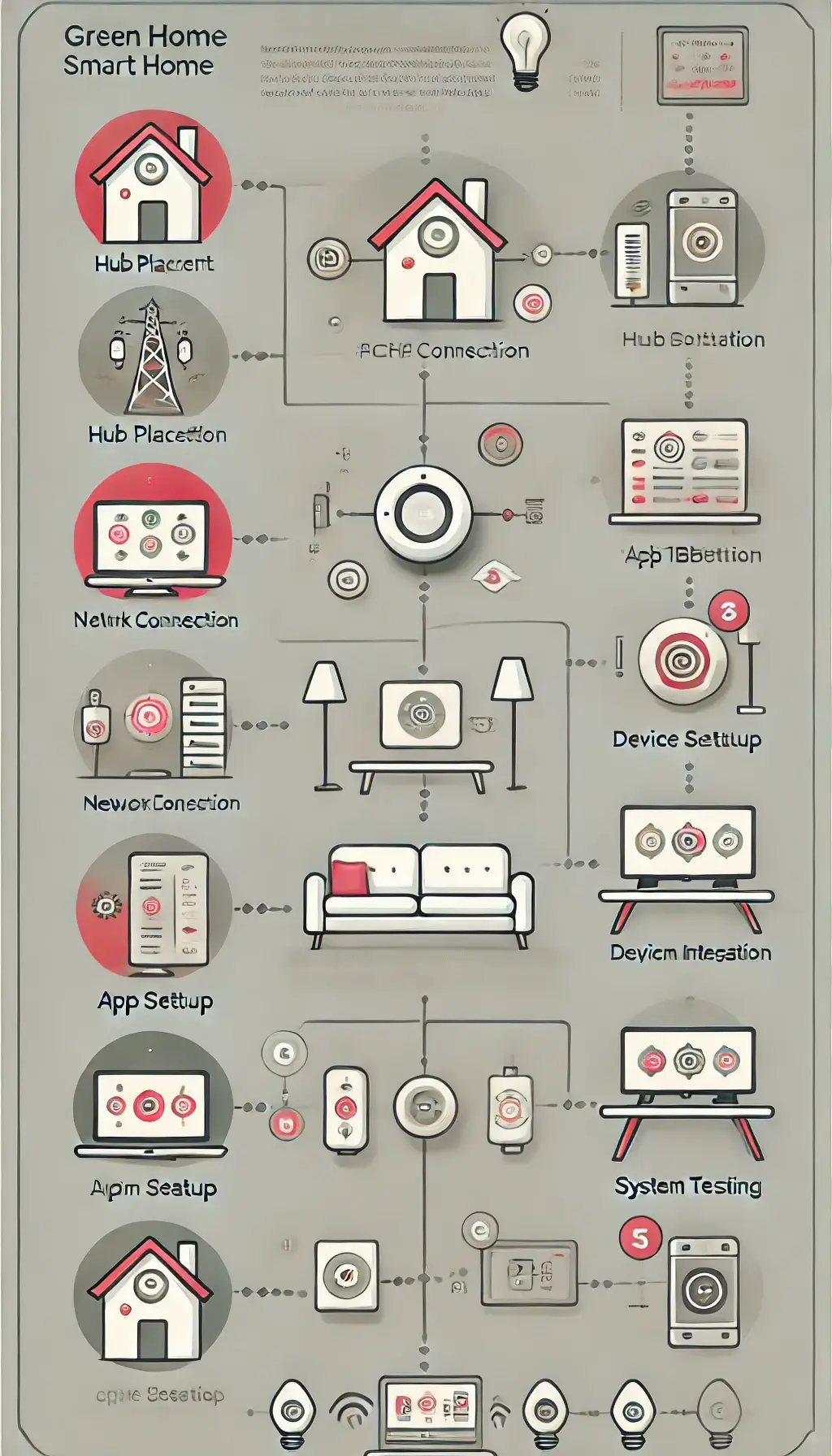
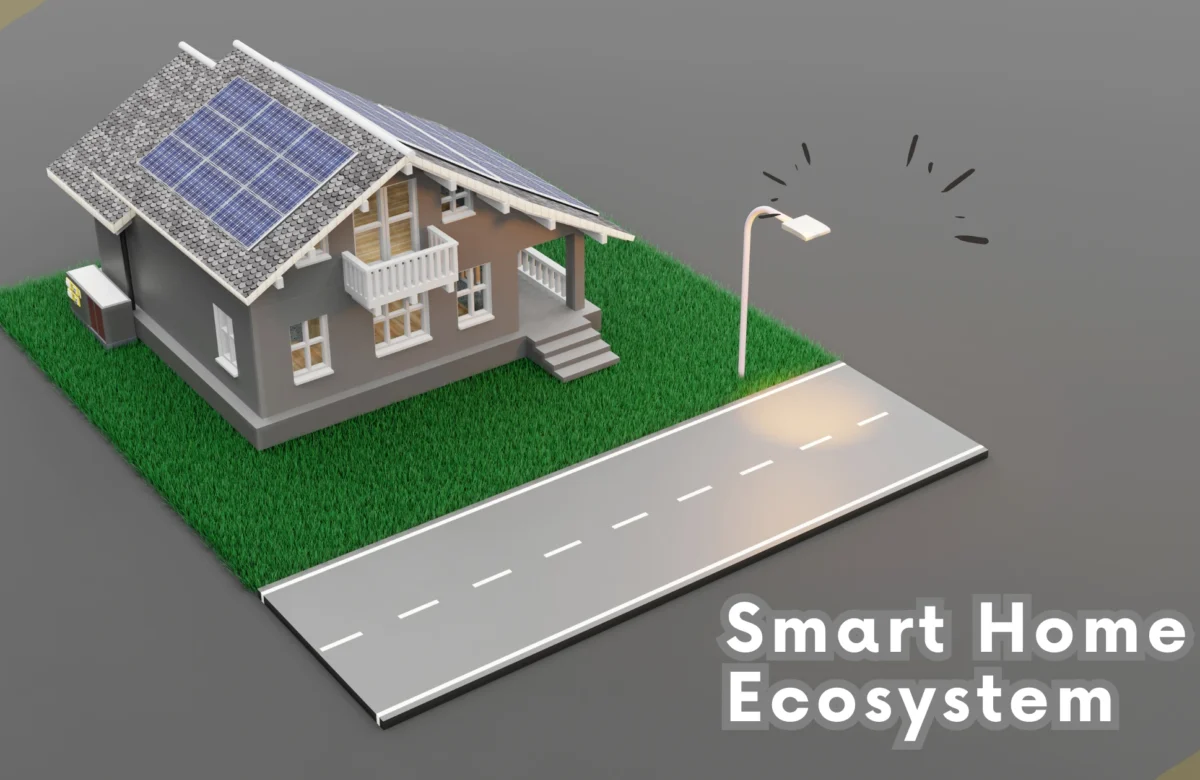
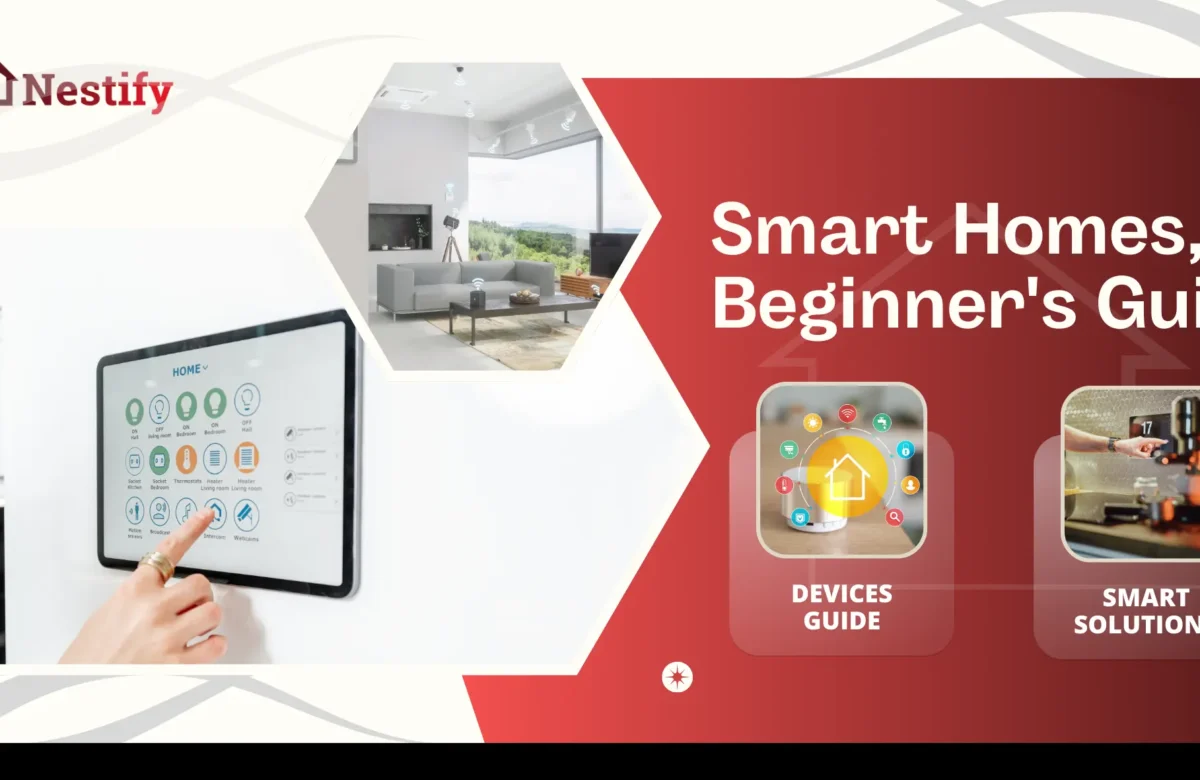
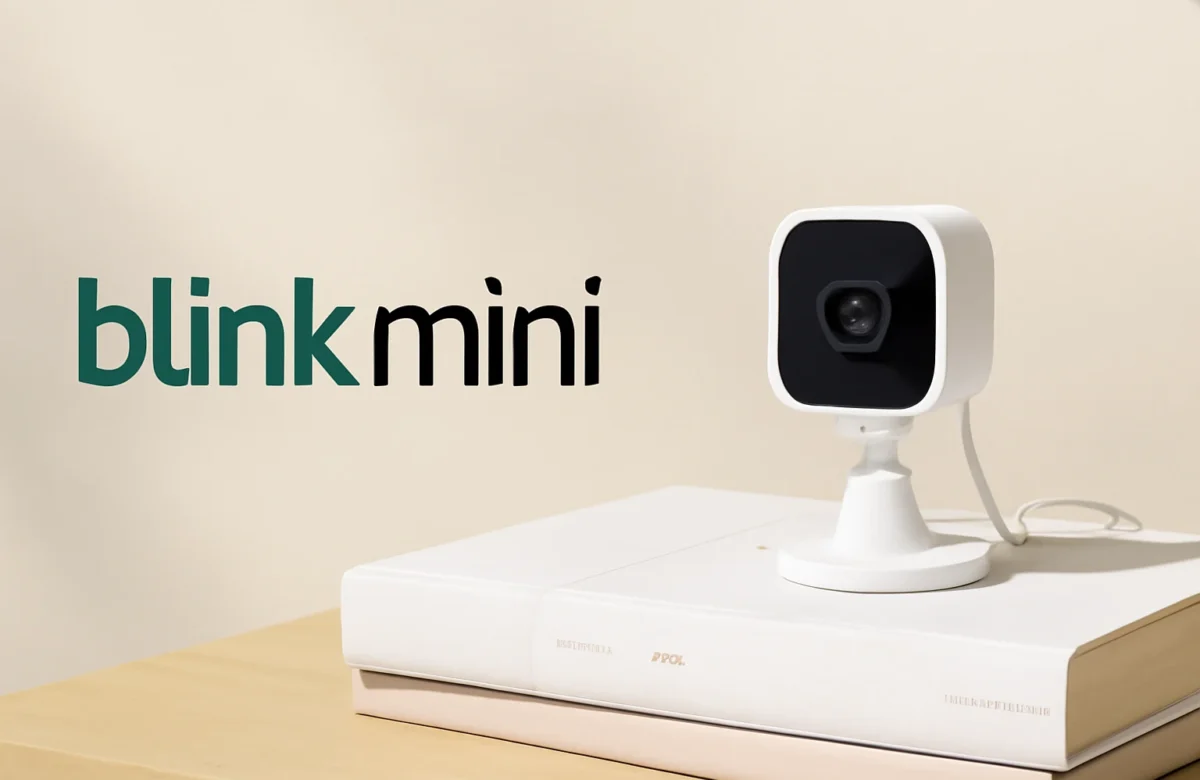
1 Comments
[…] Smart home gadgets are changing our lives, bringing convenience, security, and efficiency to a new level. In the era of the Internet of Things (IoT), these devices are one part of the network, which is the thing that has risen. Regarding the types of gadgets, homeowners can now select one of these smart light bulbs that help them automate their home and enjoy their lives fully. tasks and add enjoyment to their lives. […]